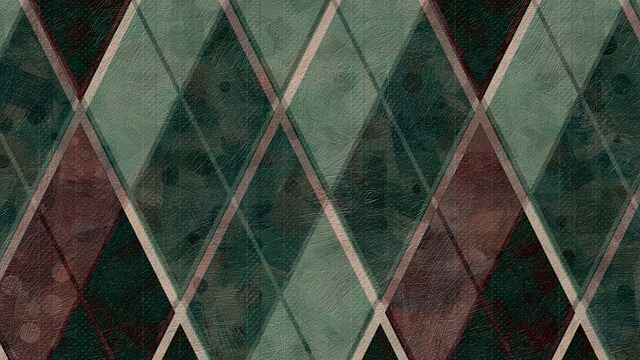
A rhomboid is a parallelogram.
Rhomboid is a concept that is used in geometry to name a parallelogram that has two angles greater than the other pair and adjacent sides that are unequal.
Based on an analysis of the characteristics of the rhomboids, it is possible to include these figures in different groups. As a first point, a rhomboid is a polygon , since it is formed by a finite number of sides (straight segments) that are arranged consecutively in a plane.
Because the rhomboid has four sides, it is a quadrilateral . The rhomboid can also be defined as a parallelogram because its opposite sides are equal and it has parallel sides two by two.
What is a rhomboid
The rhomboid, in short, is a parallelogram quadrilateral polygon that is characterized by having unequal contiguous sides and a pair of angles of greater amplitude than the other two .
Other peculiarities of the rhomboid are that its diagonals are not equal (therefore, a rhomboid is not a rectangle) and that these diagonals are not perpendicular to each other (that is why the rhomboid is not a rhombus). Lacking axes of symmetry, the internal angles of the rhomboid add up to 360º and its adjacent angles can be classified as supplementary (add up to 180° ).
To calculate the area of a rhomboid, it is necessary to multiply one side by the distance that exists, perpendicularly, between said side and the opposite side. The perimeter , on the other hand, is calculated from the sum of the measurement of one side plus its adjacent side and then multiplying this result by two.

Rhombus and rhomboid share certain characteristics.
Its construction
As with the rhombus , the rhomboid is a geometric figure that arouses great interest in graphic designers, since it conveys the sensation of movement. And the rhomboid does this more than the rhombus because it does not have axes of symmetry, that is, there is no way to cut the figure into two identical parts, from which it is possible to reconstruct the original simply by mirroring the resulting image.
To construct a rhomboid with paper and pencil through purely mathematical methods, we must put into practice all the concepts presented in the previous paragraphs, taking into account each of its properties . The steps could be as follows:
* decide the extension of one of the sides and write it down for later use; It does not matter if it is one of the shortest or the longest, but it is important to assign it one of these two groups, since as we draw the figure we will not be able to go back;
* starting from the previous measurement, and depending on which pair of sides it belongs to, determine the extension of the remaining two and write it down, which must necessarily be greater or less than the first ;
* Determine the measure of the internal angles, remembering that each pair of adjacent angles must add up to 180º. As explained above, these angles must be different , so one of them must be greater or less than 90º;
* draw the first side, preferably taking advantage of one of the lines of the sheet or, if we use a smooth one, orienting it at 180º from the right and left ends of the sheet (that is, the segment is parallel to the top and the foot of the sheet sheet);
* using one of the two angles defined above, start drawing the next side;
* always respecting the extensions decided at the beginning of the procedure, draw a new side, equal to the first, orienting it to the corresponding angle;
* Finally, close the figure by joining the two vertices that are revealed.
Create rhomboids with software
In graphic tools such as Photoshop , on the other hand, creating a rhomboid is much simpler, and does not require any mathematical knowledge, although it is necessary to know what the basic characteristics of this figure are to represent it correctly.
Simply draw a rectangle using vectors, and then apply the deformation known as " bias " to move two of its parallel sides in the desired direction.
